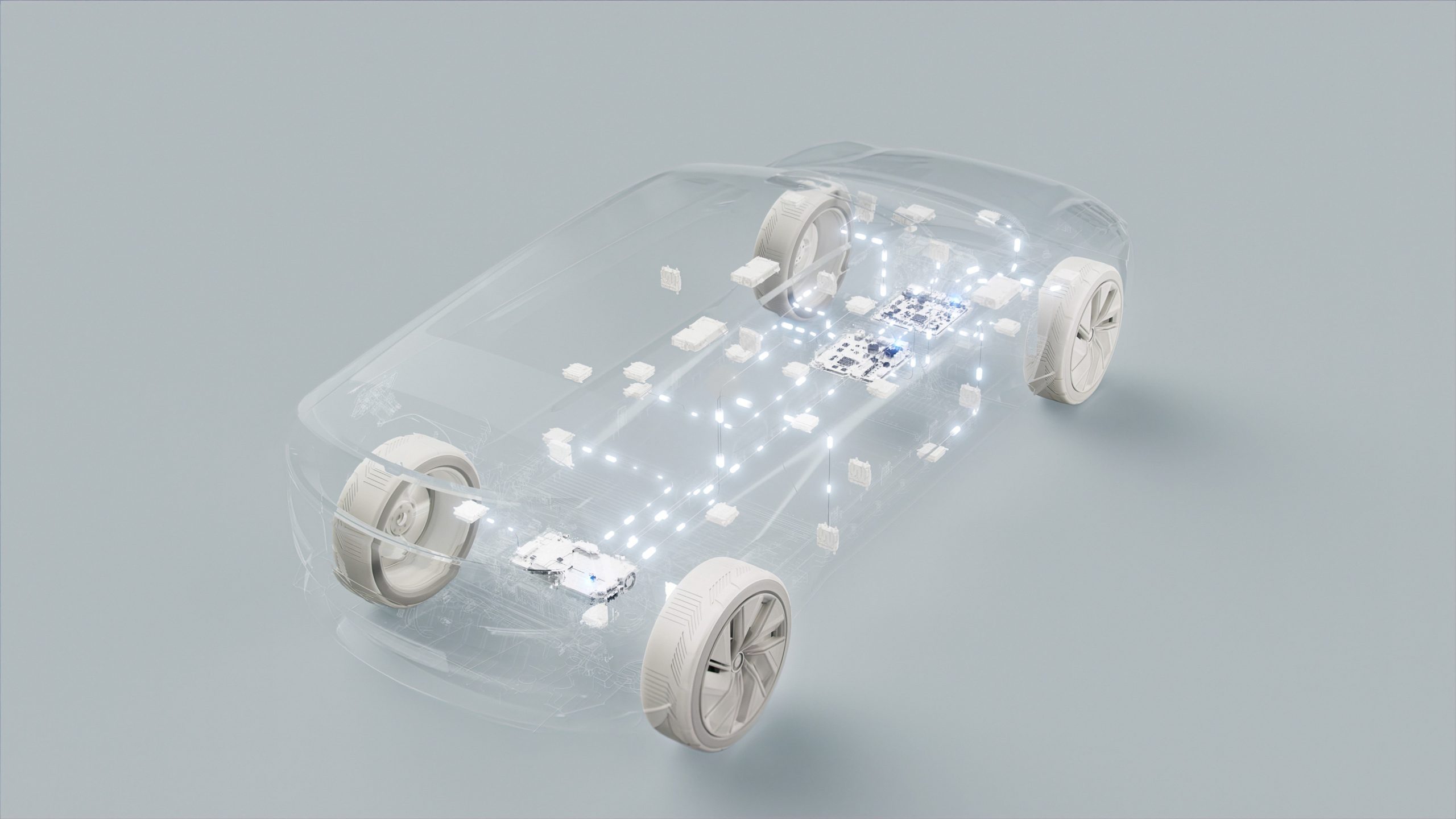At Volvo Cars, planning for automotive hardware updates
Over-the-air (OTA) updates of automotive software will soon be standard for most new cars, but automakers are aware that the newest software may have difficulties running on aging vehicles. That would require a hardware upgrade as well.
Cars built today easily have a lifespan of 10 years or more, but software tends to be updated much more quickly and frequently. That could pose problems if a car’s hardware cannot handle the newest software versions.
“We’ll have to be a bit generous when we imagine the hardware,” said Hakan Samuelsson, CEO of Volvo Cars. “But we also have to have systems that are easy to upgrade.”
Speaking at a company presentation, Samuelsson said that, if a car stays on the road for 10 years, it would make sense to upgrade its computer hardware after five years. An upgradeable computer system in the car is needed for that, he said.
The smartphone industry has addressed the problem by, essentially, forcing people to discard four or five-year-old phones if they want the most recent software versions. But that is not an option with a car, which costs much more than your average smartphone.
Google, whose Android Automotive operating system plays a key role in Volvo’s in-car digitalization, is working with the carmaker to assure the longevity of in-vehicle software. “We are adopting a multi-pronged strategy,” said Mickey Kataria, director of product management at Google. “It’s important to have high-end compute last longer.”
Kataria, speaking at the Volvo event, said Google is trying to have its software and services run longer, but he added: “We have to introduce some notion of hardware upgradability as well.”
Volvo Cars, like many other car companies, plans to introduce its own operating system, VolvoCars.OS. The platform, which will be rolled out in coming years, will incorporate the various operating systems Volvo now uses, including Android Automotive, QNX, Autosar and Linux.
The move will be accompanied by a change in architecture that will see Volvo do away with multiple electronic control units (ECUs) in the car in favor of a core computing system based on three main computers.
“The shift to centralized computing also allows Volvo Cars to gradually separate hardware from software,” the company said in a press release. “This means the company can introduce more frequent hardware cycles.”
